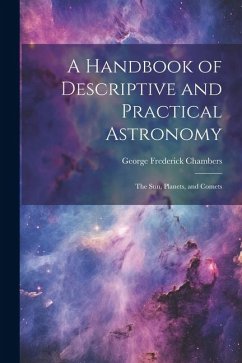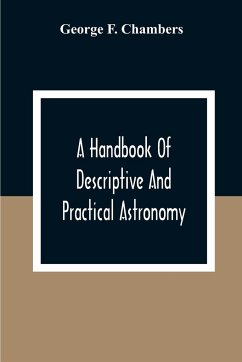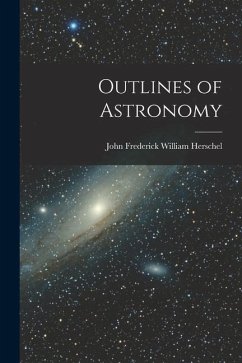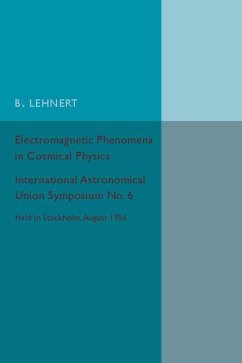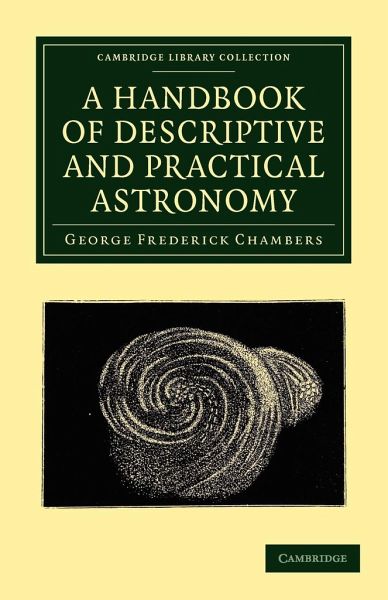
A Handbook of Descriptive and Practical Astronomy
Versandkostenfrei!
Versandfertig in 1-2 Wochen
72,99 €
inkl. MwSt.

PAYBACK Punkte
36 °P sammeln!
This handbook by George Frederick Chambers (1841-1915), a young and enthusiastic amateur astronomer, became a best-seller soon after its publication in 1861 and made Chambers' reputation as a popular astronomy writer. The work is divided into ten parts covering the following topics: the planets of our solar system; eclipses; gravity and tides; phenomena including aberration and refraction; comets; chronological astronomy; stars; astronomical instruments; the history of astronomy; and meteoric astronomy. It is richly illustrated with photographs and woodcuts depicting a wide variety of astronom...
This handbook by George Frederick Chambers (1841-1915), a young and enthusiastic amateur astronomer, became a best-seller soon after its publication in 1861 and made Chambers' reputation as a popular astronomy writer. The work is divided into ten parts covering the following topics: the planets of our solar system; eclipses; gravity and tides; phenomena including aberration and refraction; comets; chronological astronomy; stars; astronomical instruments; the history of astronomy; and meteoric astronomy. It is richly illustrated with photographs and woodcuts depicting a wide variety of astronomical phenomena. Chambers went on to become one of the leading amateur astronomers of the nineteenth century. The usefulness and accessibility of his practical advice ensured that his published works became indispensable for thousands of less famous amateurs. The Handbook, reissued in many editions, remains his most popular work and is a key text in the history of Victorian popular astronomical writing.







